Do you know your speed cameras?
Can you tell the difference and know how they work?
OK I have to profess a bit of personal interest in raising this post and bringing this subject to the attention of our members as I recently got nabbed for speeding by a mobile camera van. A fair cop, I was exceeding the speed limit and got caught. Although I would argue the van had been placed in an advantageous spot where it was not in view until it was too late and I was already in the sights of the salivating camera operator.
So what are the most common forms of speed camera in use on the UK roads?
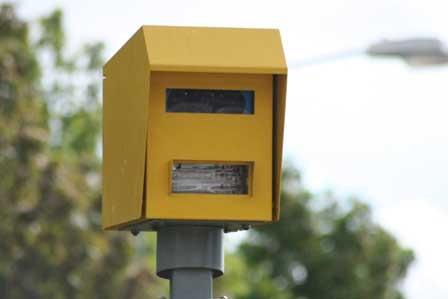
Gatso – These are the “old guard” and have been around since the 90’s. They mainly face the direction you are travelling in and therefore take a picture of the rear of your vehicle if your speed triggers the device. They operate by using radar and therefore can be located by radar detecting equipment. The original ones used actual film, so had to be attended to by police officers and have the film removed and processed. Newer models (2nd pic) are digital so are able to promptly send the evidence to the police for processing.
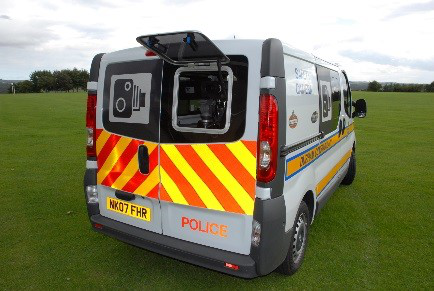
Mobile Speed Cameras – These are becoming an increasing sight on our roads as they are not fixed to one location and allows the operators to position themselves at various locations in the area they police, rather than just being a fixed camera always at the same location where people get to know and so slow down accordingly before accelerating again. Most police forces do publish the locations where the mobile “safety camera” locations are. The position the camera van (as seen above) parks is usually tactical and often although it is visible from a distance, the operator is usually aiming at traffic just as you come into view, thus maximising the number of people who are caught exceeding the speed limit before they have time to adjust their speed.
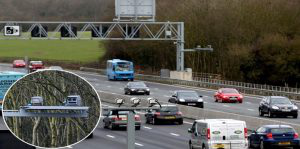
HADECS 3 Cameras – These are seen as a bit more stealthy and are cropping up more and more as the favour for “smart motorways” increases with lots of overhead gantries and variable speed limits. With these cameras, they are often mounted at the side of gantries and are difficult to spot. They also adjust to any variation of speed limit, so if a temporary limit of say 50mph needs to be enforced, the camera settings change to reflect the temporary speed restriction in place. These too have no films present and any evidence gathered is sent electronically to a processing office.
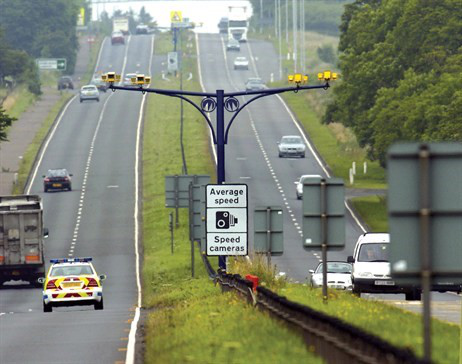
SPECS Cameras – These cameras are a familiar site on motorways and A roads and are often placed at locations where there are reduced speed limits, such as where road works are taking place. The difference with SPECS cameras to other conventional traffic enforcement cameras is that they measure your average speed. So rather than slowing down for the camera and then accelerating away again, you have to make certain you do not arrive at the next set of cameras too soon, otherwise the machine does the maths and works out your average speed was too high and a ticket is likely to show up in the post.
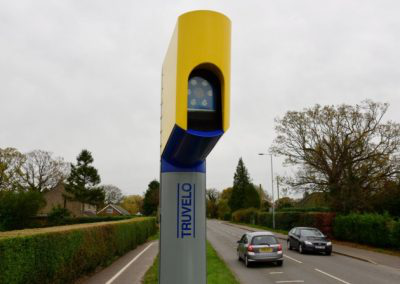
Truvelo – are the second most popular fixed speed camera used on Britain’s road. The big difference between the Gatso and Truvelo safety camera, is the fact that Truvelo is a forward facing camera. Being forward facing means when triggered it takes a photo of the front of the vehicle including the driver, so unlike with the Gatso there is NO dispute who was driving. The more modern version Truvelo D Cam is shown in the 2nd pic above and these can either be mounted to take forwards or rearwards views, do not have any film and can also be used as red light cameras as well as monitoring up to 3 lanes of traffic at once.
Whatever the method of detection used, speed cameras or “safety cameras” remain a common site on our roads and their deployment can often seem to be a cash generator to fleece the motorist for a few quid. However,. the bottom line is that you need to keep to the speed limits, be vigilant, allow plenty of time for your journey so you are not in a rush and be aware of the speed limit of the road you are driving on.